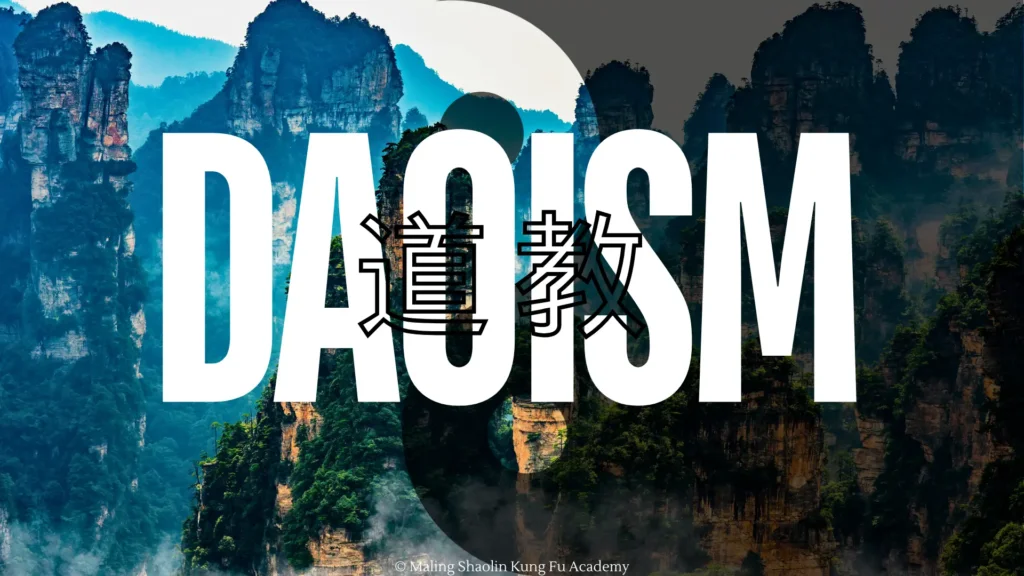
Daoism (or Taoism), one of China’s oldest and most influential philosophical and religious traditions, is deeply embedded in the cultural fabric of the nation. Originating in the 6th century BCE, Daoism emphasizes living in harmony with the Dao (Tao), which is understood as the fundamental principle that underlies and unites the universe. This article explores the origins, key teachings, practices, historical development, and modern relevance of Daoism in China.
Origins and Historical Development
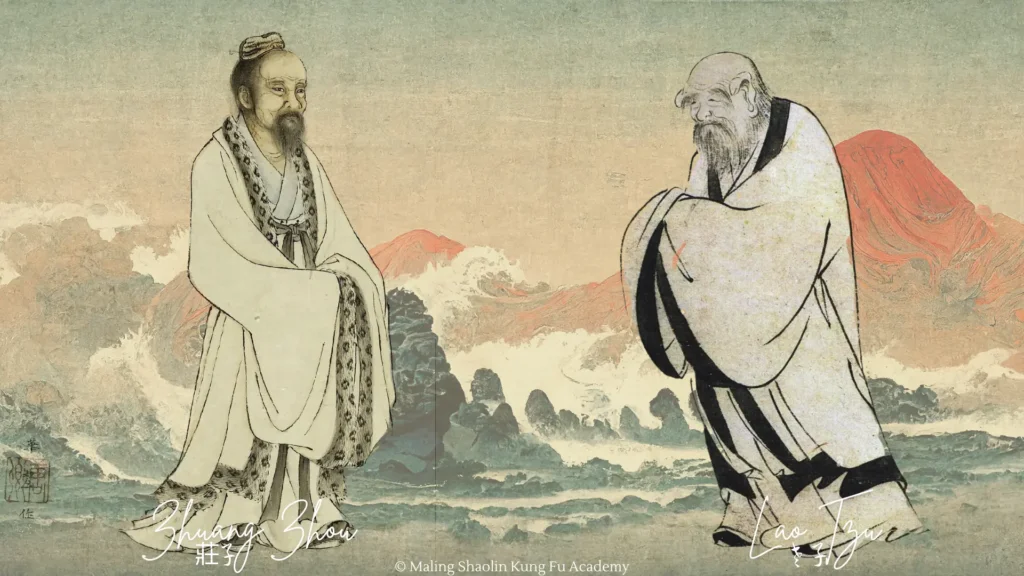
Laozi and the Dao De Jing
Daoism is traditionally attributed to the teachings of Laozi (Lao Tzu), an ancient sage who is believed to have lived during the 6th century BCE. Laozi’s seminal work, the Dao De Jing (Tao Te Ching), is a collection of aphorisms and poetry that outlines the principles of the Dao and the way of life that aligns with it. The Dao De Jing emphasizes simplicity, humility, and compassion, advocating for a return to a natural state of being.
Zhuangzi and Daoist Philosophy
Another foundational text is the Zhuangzi, attributed to the philosopher Zhuang Zhou (also known as Zhuangzi) who lived during the 4th century BCE. The Zhuangzi expands on Laozi’s ideas, using allegory and paradox to explore themes such as the relativity of human concepts and the freedom found in living according to the Dao. Zhuangzi’s writings are celebrated for their wit, literary beauty, and profound philosophical insights.
Daoism as a Religion
By the late Han Dynasty (206 BCE – 220 CE), Daoism began to evolve into a structured religious tradition, complete with rituals, clergy, and temples. Zhang Daoling, considered the founder of religious Daoism, established the Tianshi (Celestial Masters) movement, which emphasized community governance, ritual purity, and the pursuit of immortality. Over time, various Daoist sects emerged, including the Shangqing (Supreme Clarity) and Lingbao (Numinous Treasure) traditions, each with its own texts, rituals, and esoteric practices.
Key Teachings and Concepts
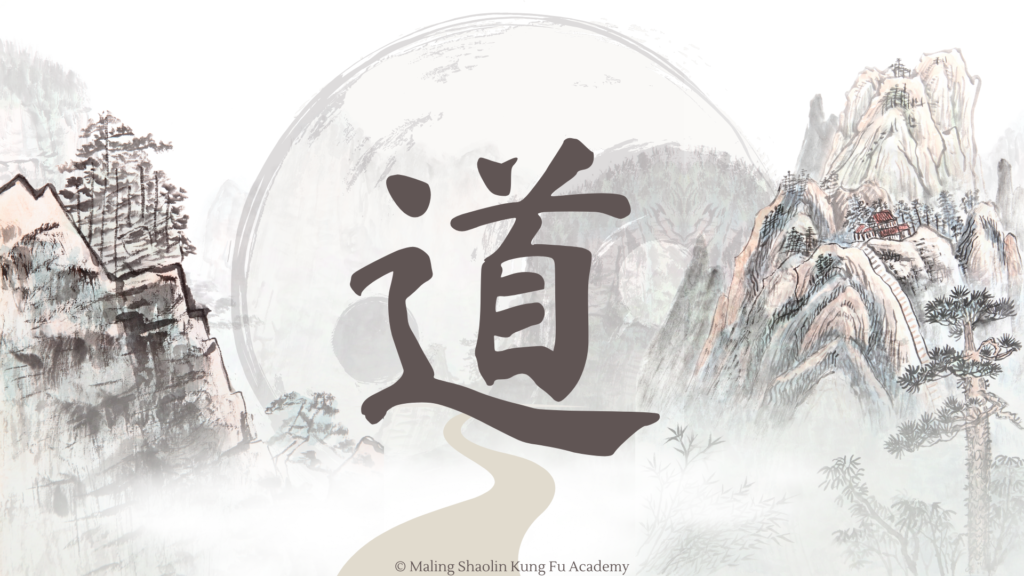
The Dao (道)
The Dao is the central concept in Daoism, representing the ultimate reality and the source of all existence. It is ineffable and transcendent, often described as the “way” or the “path.” The Dao De Jing teaches that the Dao is both the origin of the cosmos and the guiding principle of natural order.
Wu Wei (无为)
Wu Wei, often translated as “non-action” or “effortless action,” is a key Daoist principle. It involves aligning one’s actions with the natural flow of the Dao, acting in harmony with the inherent rhythms of the universe. Wu Wei advocates for spontaneity, simplicity, and letting go of excessive striving.
Qi (气)
Qi, or vital energy, is a fundamental concept in Daoist cosmology and health practices. It is believed to be the life force that animates all living beings. Daoist practices such as Qigong, Tai Chi, and various forms of meditation are designed to cultivate and balance Qi within the body, promoting health, longevity, and spiritual development.
Yin and Yang (阴阳)
The theory of Yin and Yang is integral to Daoist thought. These complementary forces represent the dualistic nature of reality, where Yin is associated with passivity, darkness, and receptivity, while Yang is linked to activity, light, and creativity. Balance between Yin and Yang is essential for harmony in both the individual and the universe.
Immortality and Alchemy
The pursuit of immortality has been a prominent theme in Daoist religion. Alchemical practices, both external (involving the creation of elixirs) and internal (focusing on spiritual and physical cultivation), aim to transcend ordinary human limitations and achieve a state of eternal life or spiritual transcendence.
Practices and Rituals

Meditation and Qigong
Daoist meditation practices, such as Zuowang (sitting and forgetting) and Neidan (internal alchemy), focus on cultivating inner stillness, clarity, and harmony with the Dao. Qigong involves breath control, movement, and visualization techniques to enhance the flow of Qi and promote physical and mental well-being.
Rituals and Festivals
Daoist rituals often involve offerings, invocations, and symbolic acts designed to communicate with deities and spirits, seek blessings, and purify the community. Important Daoist festivals include the Lantern Festival, the Dragon Boat Festival, and the Double Ninth Festival, each with its own rituals and customs.
Temples and Sacred Sites
Daoist temples and monasteries are centers of worship, community activities, and spiritual practice. Notable sacred sites include Mount Qingcheng, Mount Wudang, and Mount Hua, which are pilgrimage destinations for those seeking spiritual inspiration and connection with the Dao.
Modern Relevance
Cultural Influence
Daoism continues to influence Chinese culture profoundly, from traditional medicine and martial arts to literature, art, and philosophy. Its principles of harmony with nature, simplicity, and balance resonate with contemporary environmental and wellness movements.
Global Spread
In recent decades, Daoism has gained international recognition, attracting practitioners and scholars worldwide. Daoist philosophy and practices such as Tai Chi, Qigong, and meditation have found a global audience, contributing to cross-cultural understanding and exchange.
Adaptation and Revival
In modern China, Daoism has experienced a revival, supported by both government initiatives to preserve cultural heritage and grassroots movements seeking spiritual and ecological wisdom. Contemporary Daoist communities continue to adapt ancient teachings to address modern challenges, emphasizing sustainability, mental health, and holistic living.
Conclusion
Daoism’s rich philosophical and religious heritage offers timeless wisdom and practical guidance for navigating the complexities of life. Its teachings on harmony with nature, balance of opposites, and the cultivation of inner peace provide valuable insights for both personal and societal well-being. As China and the world face unprecedented changes, the enduring legacy of Daoism continues to inspire and inform, bridging ancient traditions with modern aspirations for a harmonious and meaningful existence.
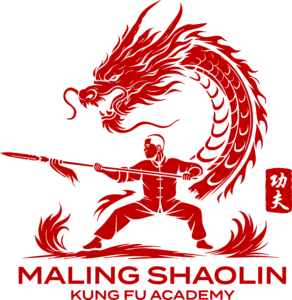
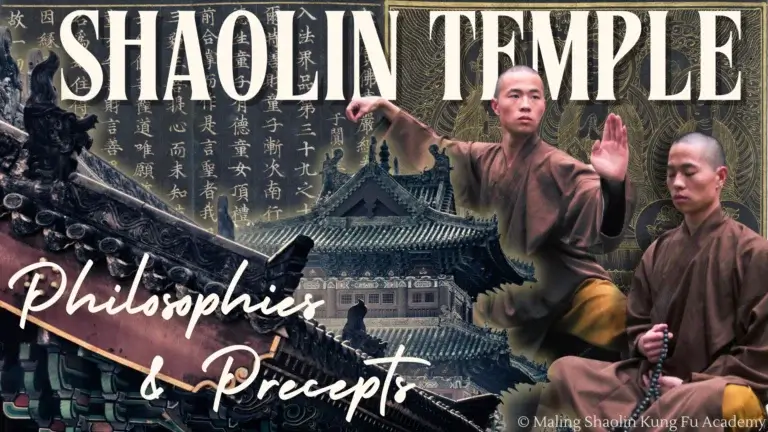
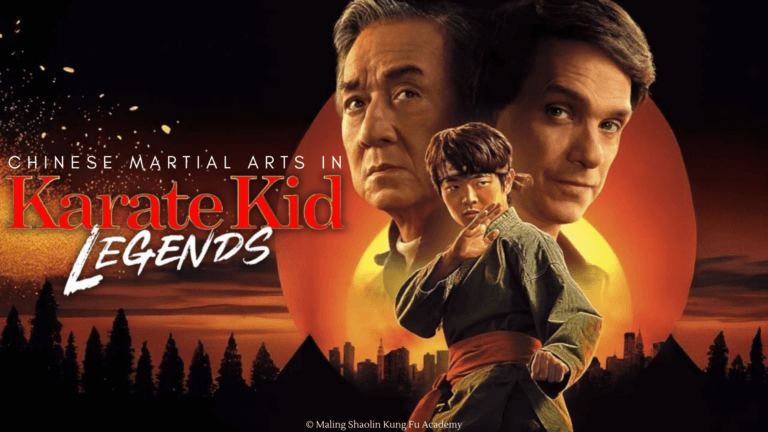

Its like you read my mind You appear to know so much about this like you wrote the book in it or something I think that you can do with a few pics to drive the message home a little bit but instead of that this is excellent blog A fantastic read Ill certainly be back